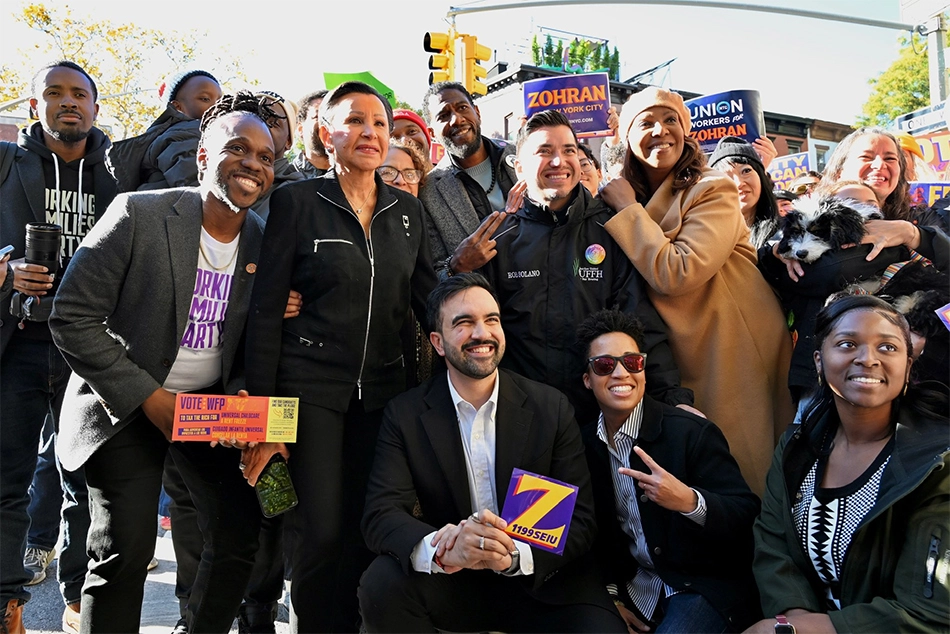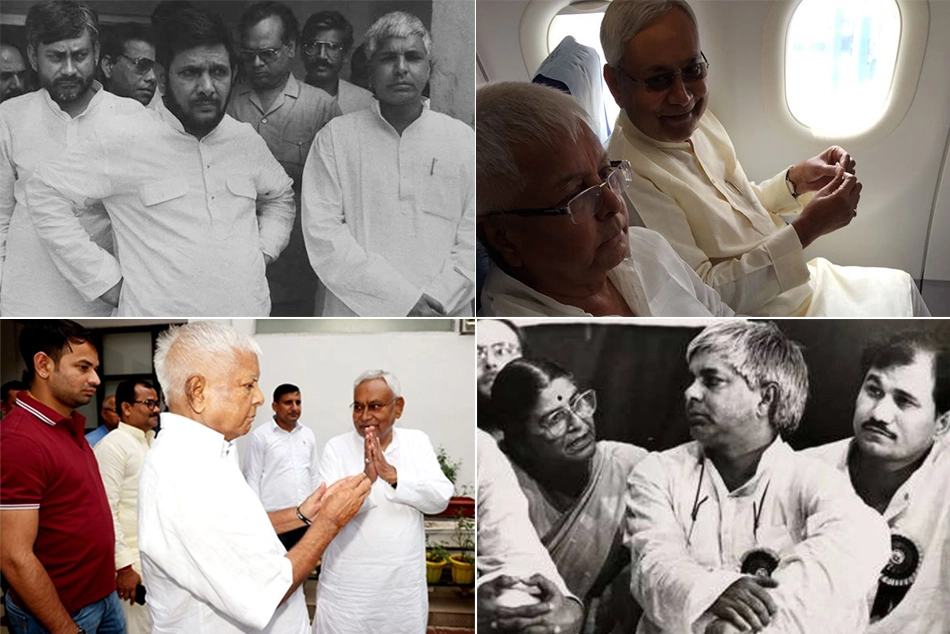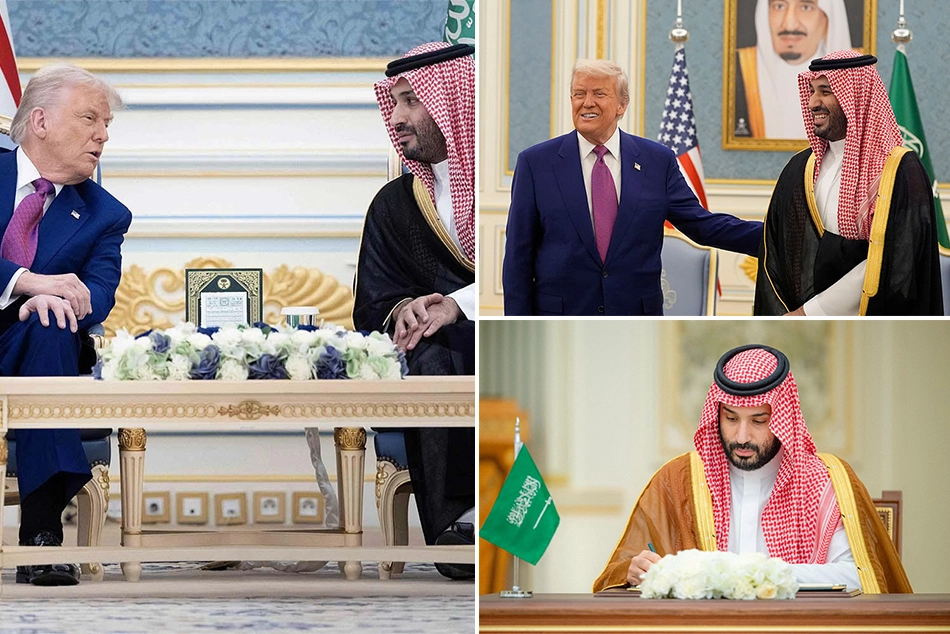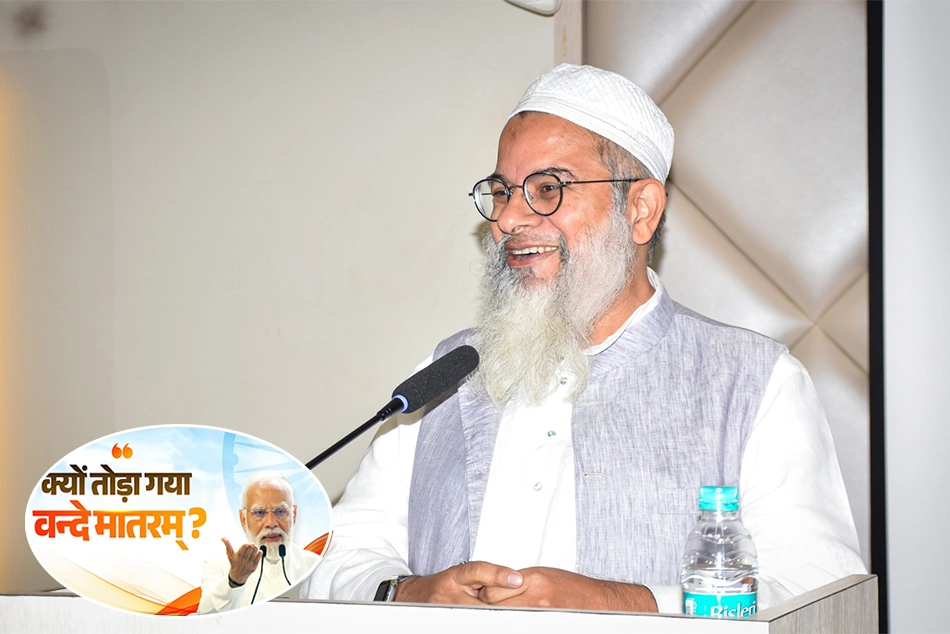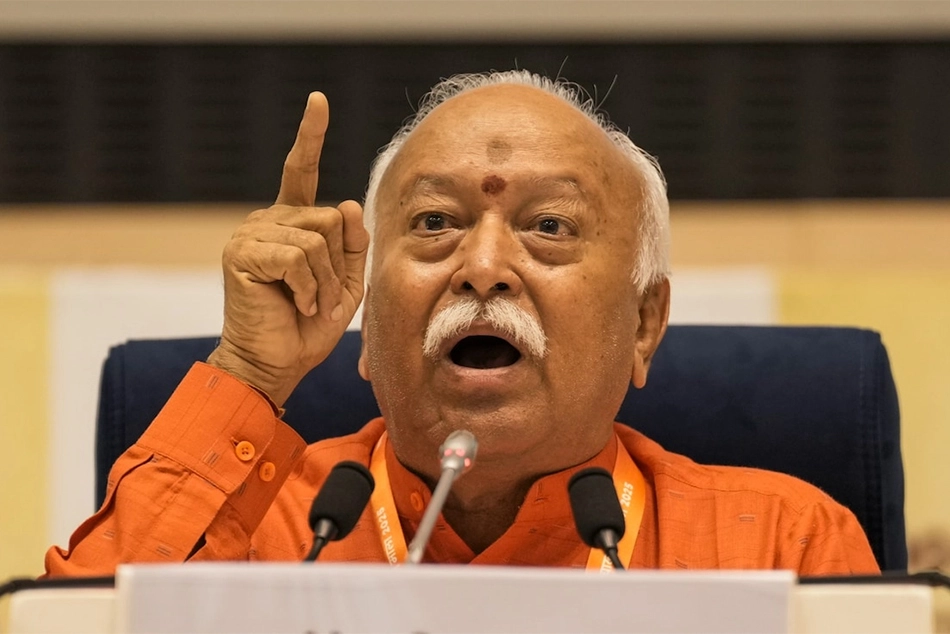
Distorting Lens of FPTP: Decoding The Bihar 2025 Mandate
The 2025 Bihar Assembly Election has once again exposed the deep structural distortions of India’s First Past The Post (FPTP) electoral system.

The 2025 Bihar Assembly Election has once again exposed the deep structural distortions of India’s First Past The Post (FPTP) electoral system. The National Democratic Alliance (NDA) won a sweeping victory—202 seats against the Mahagathbandhan’s (MGB) 34—out of 243 constituencies. Yet the popular vote tells a very different story. The NDA’s lead in seat share was massively disproportionate to its modest lead in vote share, a gap explained not by overwhelming support but by superior vote distribution and better electoral mechanism from the NDA.
FPTP’s Paradox: When Fewer Votes Deliver More Power
No contrast better illustrates the FPTP paradox than the performance of the BJP and the RJD—the two leading parties in opposing alliances.
BJP contested 101 seats, won 89. Approx. state wise vote share 20%, which resulted to an impressive
striking rate of 88.11%.
RJD contested 143 seats, won 25. The state wise vote share is about 23% (higher than BJP), which resulted a dismal striking rate of 17.48% only.
The BJP secured just enough votes to gain a plurality in a large number of seats—rarely wasting votes through huge margins. The RJD, by contrast, piled up votes where victory margins were already large and lost many closely contested seats by small margins. In an FPTP system, electoral efficiency matters more than raw popularity.
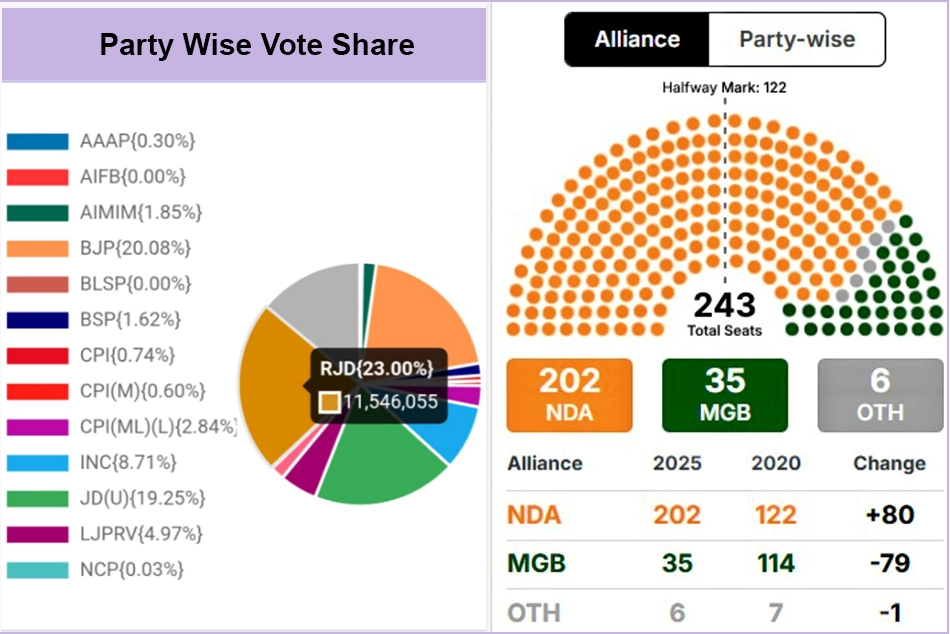
Vote Share vs. Seat Share: The Great Distortion
The 2025 Bihar results show a near text-book example of how FPTP rewards concentrated vote blocks:
NDA (BJP + allies) has a total vote share of 43% in Bihar and it has a seat share of 202 MLAs with a massive overall striking rate of 83%.
MGB (RJD + allies) earned a vote share of 41% and it has a seat share of 34 MLAs only with a negligible striking rate of less than 14%.
A narrow two-percentage-point difference in vote share produced a 168-seat gap. Few democracies in the world produce distortions at this scale.
The AIMIM Catalyst: Fragmentation and Counter-Consolidation
A major subplot of the Bihar 2025 election was the impact of the All India Majlis-e Ittehadul Muslimeen (AIMIM), particularly in the Seemanchal region:
1. Fragmentation of the opposition votes: AIMIM’s campaign energized sections of the Muslim electorate seeking community representation. The party won five seats, secured 5–15% votes in many other constituencies and drew heavily from the MGB’s traditional vote bank. Even where AIMIM did not win, it pushed the MGB candidates into second or third position—allowing the NDA to win with slim pluralities in many seats.
2. Counter-polarization among non-Muslim voters: AIMIM’s strong identity-based messaging triggered concerns among non-Muslim voters, many of whom feared a greater Muslim political assertion. What circulated across neighbourhood WhatsApp groups as celebratory claims—“Now the Chief Minister’s seat is ours too”—unwittingly amplified this fear. The counter-polarization was silent but decisive. It consolidated voters behind the NDA on polling days, giving BJP allies crucial marginal victories across numerous constituencies.
3. A perfect storm for FPTP: AIMIM did not need to win many seats to reshape the outcome. Its role as a vote-splitter within the MGB’s strongest support base and a trigger for consolidation among non-Muslim voters, created the very conditions in which the NDA’s vote concentration strategy flourished.
The MGB’s Strategic Miscalculations
The MGB’s historic defeat cannot be attributed only to external factors. Several avoidable missteps aggravated its vulnerabilities:
1. Premature celebrations based on crowd sizes and online enthusiasm. Misreading empty chairs at rival rallies as signs of impending victory.
2. Inadequate door-to-door outreach and weakening local connect.
3. Lack of narrative control, especially in countering two-fold critiques from strong ruling NDA and opportunist AIMIM.
4. Failure to foresee counter-polarization, a recurring pattern in north Indian— UP, Bihar politics.
The final outcome: even with a competitive vote share, the MGB failed to convert votes into seats.
Comparison Between the 2020 and 2025 Bihar Results
The 2025 election results represent a dramatic shift in the efficiency of the FPTP system compared to the extremely close contest of 2020 in Bihar. The 2020 election was decided by a razor-thin margin in the popular vote.
The NDA won 125 seats with 37.26% vote share, and the MGB won 110 seats with a statistically identical 37.23% vote share. This small 0.03% difference was magnified into a 15-seat gap by FPTP, but both major parties (RJD with 75 seats and BJP with 74 seats) had high, competitive strike rates.
In 2025, the MGB failed to contain the split in its core vote, and the RJD’s strike rate plummeted from over 52% in 2020 (75/144 contested) to a mere 17.48% (25/143 contested) in 2025. Conversely, the BJP's strike rate soared from 67.3% (74/110 contested) in 2020 to 88.11% (89/101 contested) in 2025.
The 2025 mandate, therefore, is not a reflection of an overwhelming shift in core support for the RJD, whose vote share held up, but a devastating consequence of vote fragmentation and the BJP's strategic perfection of the FPTP system, effectively converting a modest vote share advantage into a legislative landslide victory.
Beyond the Numbers: A Warning for Indian Democracy
The Bihar mandate is not merely a state-specific event; it is a reminder of a serious structural problem.
In a deeply diverse society, where multi-cornered contests are common, FPTP often exaggerates small vote differences, punishes dispersed vote bases, rewards polarizing narratives, and sidelines minority and coalition politics.
The 2025 Bihar election was less a referendum on governance or ideology and more a demonstration of electoral mathematics—where strategic concentration beats numerical popularity.
Conclusion
The NDA’s victory was decisive, but not necessarily reflective of overwhelming public endorsement. It was primarily a triumph of strategic vote distribution, aided by opposition fragmentation and counter-polarization—factors that FPTP rewards handsomely.
The MGB, despite securing almost the same vote share as the NDA, suffered a historic defeat because it failed to grasp the basic arithmetic of FPTP politics in Bihar's diverse demographic and and cast-based conditions.
Until India reconsiders its electoral design—or political parties adapt wisely to its demands—the paradoxes of FPTP will continue to distort democratic mandates, making victories appear larger and defeats far harsher than the popular vote truly warrants.
[The writer, M. Burhanuddin Qasmi, is Editor Eastern Crescent, Mumbai]
Follow ummid.com WhatsApp Channel for all the latest updates.
Select Language to Translate in Urdu, Hindi, Marathi or Arabic



